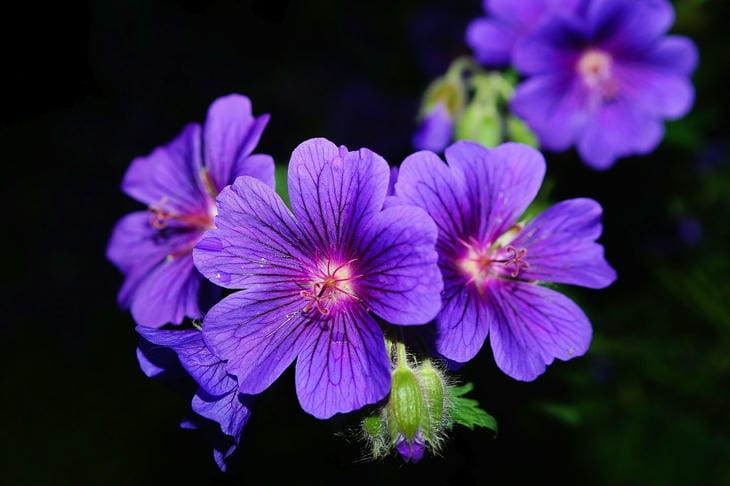Why do geranium leaves turn yellow and red: signals from the indoor beauty and ways to eliminate them
Geranium is considered one of the most unpretentious indoor plants, but a change in the color of the leaves can signal serious problems.
Sudden yellowing or reddening of the leaf blade indicates a violation of maintenance conditions or the development of diseases.
Insufficient watering
Irregular water supply causes stress to the plant. Geranium leaves begin to turn yellow from the edges to the center, gradually drying out and falling off.
During prolonged drought, young leaves turn red, trying to protect themselves from excess moisture evaporation.
Overwatering
Over-watering of the soil leads to rotting of the root system. The first signs of the problem are yellowing of the lower leaves and the appearance of a reddish tint on young shoots. Stagnant water in the tray aggravates the situation.

Nutrient deficiencies
Mineral deficiency is manifested by characteristic changes in leaf color. Nitrogen deficiency causes uniform yellowing of older leaves.
With iron deficiency, young leaves acquire a pale yellow hue with green veins.
Excess fertilizers
Overdosing on mineral fertilizers causes root burns. The edges of the leaves turn yellow and dry out, and reddish spots appear on the leaf blades. Young plants are especially sensitive to excess fertilizers.
Incorrect lighting
Lack of light leads to elongation of shoots and yellowing of leaves.
With excessive lighting, the leaves turn red, protecting themselves from the bright sun. Bright diffused light without direct sunlight is considered optimal.
Temperature conditions
Sudden changes in temperature cause stress to the plant. Drafts and cold air from the air conditioner cause the leaves to turn red.
High temperatures cause the lower leaves to turn yellow and fall prematurely.
Pests
Spider mites cause small yellow spots to appear on the leaves. Aphids and whiteflies suck the juice out of young shoots, the leaves turn yellow and become deformed.
If the pest infestation is severe, the leaves will take on a reddish tint.
Fungal diseases
Rust appears as reddish-brown pustules on the underside of leaves. Gray mold causes yellowing and rotting of leaves.
Powdery mildew covers the leaves with a white coating, after which they turn yellow and die.
Age-related changes
Natural aging of the lower leaves is accompanied by their yellowing and falling off. The process occurs gradually and affects only the old leaves, while the young growth remains healthy and green.
Unsuitable soil
Heavy soil with poor aeration hinders the development of the root system.
Soil acidification leads to disruption of nutrient absorption. Leaves turn yellow, and irregularly shaped reddish spots appear on them.
Water quality for irrigation
Hard water with a high salt content causes the accumulation of limescale deposits in the soil. Chlorinated water has a negative effect on plant development. Using cold water for watering causes yellowing and reddening of leaves.
For reference
Geranium is a genus of the Geraniaceae family.
